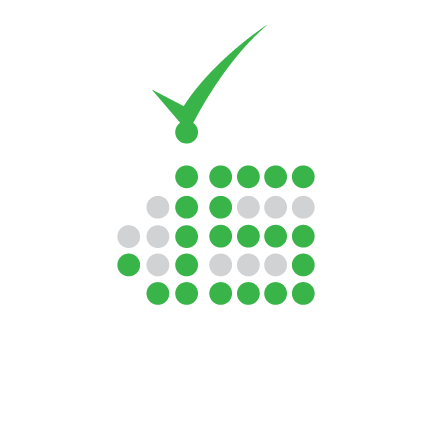Creating a compelling resume is a crucial step in landing an internship, part-time role, or your first full-time job. For students and early-career professionals, knowing what to include—and what to leave out—is key. This Resume Content Guide walks you through essential elements, formatting tips, and content strategies to help you stand out in today’s job market.
Standard Resume Formats to Know
Before diving into the content, it’s important to choose the right resume format:
- Chronological: Lists experience in reverse chronological order. Best for consistent work histories.
- Functional: Focuses on skills over roles. Great for career changers or limited experience.
- Targeted: Customized for a specific job or company.
Regardless of format, the resume content should follow universal best practices.
Key Resume Content Sections
1. Contact Information
Include your name, city/state, phone number, and a professional email. Leave out personal details like age, marital status, or a photo.
2. Objective (Optional)
A brief statement tailored to the job you’re applying for. Example: “To obtain a marketing internship focused on content strategy.”
3. Profile or Summary (Optional)
A 2–3 sentence overview of your skills, career goals, and qualifications. Best used when you have relevant experience to highlight.
4. Education
List your most recent education first. Include your degree, institution, location, and graduation date. Mention GPA, honors, and relevant coursework if applicable.
5. Work Experience
- List jobs, internships, or volunteer roles in reverse chronological order.
- For each, include job title, company, location, and dates.
- Use bullet points to describe your accomplishments using action verbs like “managed,” “developed,” or “led.”
6. Skills (Optional)
List technical and soft skills relevant to the job. Include computer programs, software, and languages you’re proficient in.
7. Volunteer Work (Optional)
Helps highlight leadership and teamwork. Use the same format as work experience.
8. Hobbies and Interests (Optional)
Only include if relevant to the role. For example, mention fitness activities if applying to a health-related company.
Formatting Guidelines
- Length: 1 page preferred; 2 pages max
- Font: Use clean fonts like Calibri, Arial, or Times New Roman (10–12 pt size)
- Margins: Standard 1” all around; 0.5” if needed for space
- Consistency: Use uniform formatting for headers, job titles, and dates
Common Resume Mistakes to Avoid
- Including personal info (birthdate, marital status, etc.)
- Using unprofessional email addresses
- Listing irrelevant or outdated experience
- Inconsistent formatting or font choices
- Typos or grammar errors—always proofread
Conclusion
Your resume is more than a job application—it’s your first impression. By following this Resume Content Guide, you’ll create a resume that is clean, targeted, and professional. Whether you’re applying for an internship or your first job post-graduation, the right resume structure and language can open the door to your next opportunity. Keep it concise, relevant, and always tailored to the job you’re applying for.
